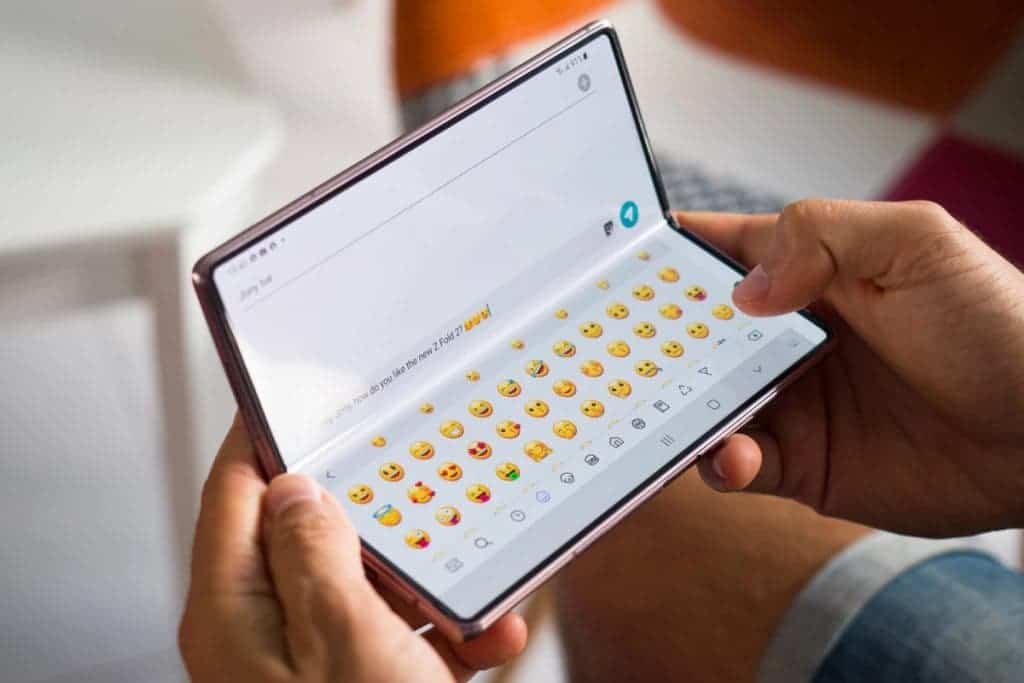Samsung only recently released the Galaxy Z Fold 2 and we now have the first speculation regarding its successor. According to a recent report, Samsung’s screen camera (UDC) technology will no longer be introduced with the Galaxy S21 anymore. This is because the yield rate is too low. Samsung Galaxy S21 will start mass production in November at the latest. This means that the on-screen camera technology will not be ready for this device. However, this technology is now scheduled to come with Samsung’s next generation foldable phone, the Galaxy Z Fold 3.

The report also claims that the UDC technology was to arrive with the Galaxy Z Fold 2. However, the output was not enough at the time of its mass production. This is the same reason why it will not arrive with the Galaxy S21. It makes sense for the UDC technology to arrive with the Galaxy Z Fold 3 foldable phone. This is because the production units of foldable phones are not very high. Thus, producing enough units will not be a challenge relatively.
The world’s first mobile phone with under-screen camera technology is ZTE AXON 20 5G. This smartphone was released on the 1st of last month. Unfortunately, this device is only available in China for now. It may not be leaving China any time soon.
Regarding Samsung’s under-screen camera technology, TheLec reports that Samsung plans to use a piece of laser equipment (HIAA: Hole In Active Area) to achieve UDC. There are two types of HIA equipment – “HIAA 1” and “HIAA 2”. While HIAA 1 punches a hole on the screen in one shot, HIAA 2 punches many micro holes. For Samsung, it is using the HIAA 2 equipment to develop UDC technology.
However, the output of Samsung’s solution shows that there is no punch-hole at all. The front camera is completely transparent. Irrespective of the method Samsung chooses to adopt, the yield rate is still low. Apart from developing the UDC technology, the camera module must be a perfect fit. This means that there is also a lot of work to be done on the camera sensor itself.
For the camera module, it must be thinner to fit under the display. Furthermore, it must have a software that corrects colour distortion. Obviously, the UDC technology requires a lot of work. Recall that as of last year, the HIAA 2 equipment was already with Samsung Display. One year down the line, the company still needs to work on this technology.





